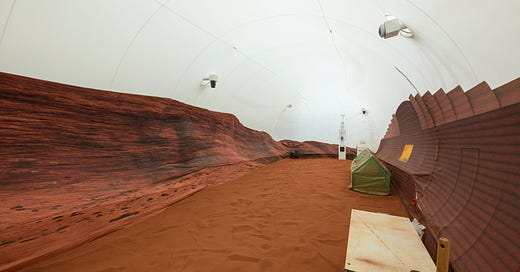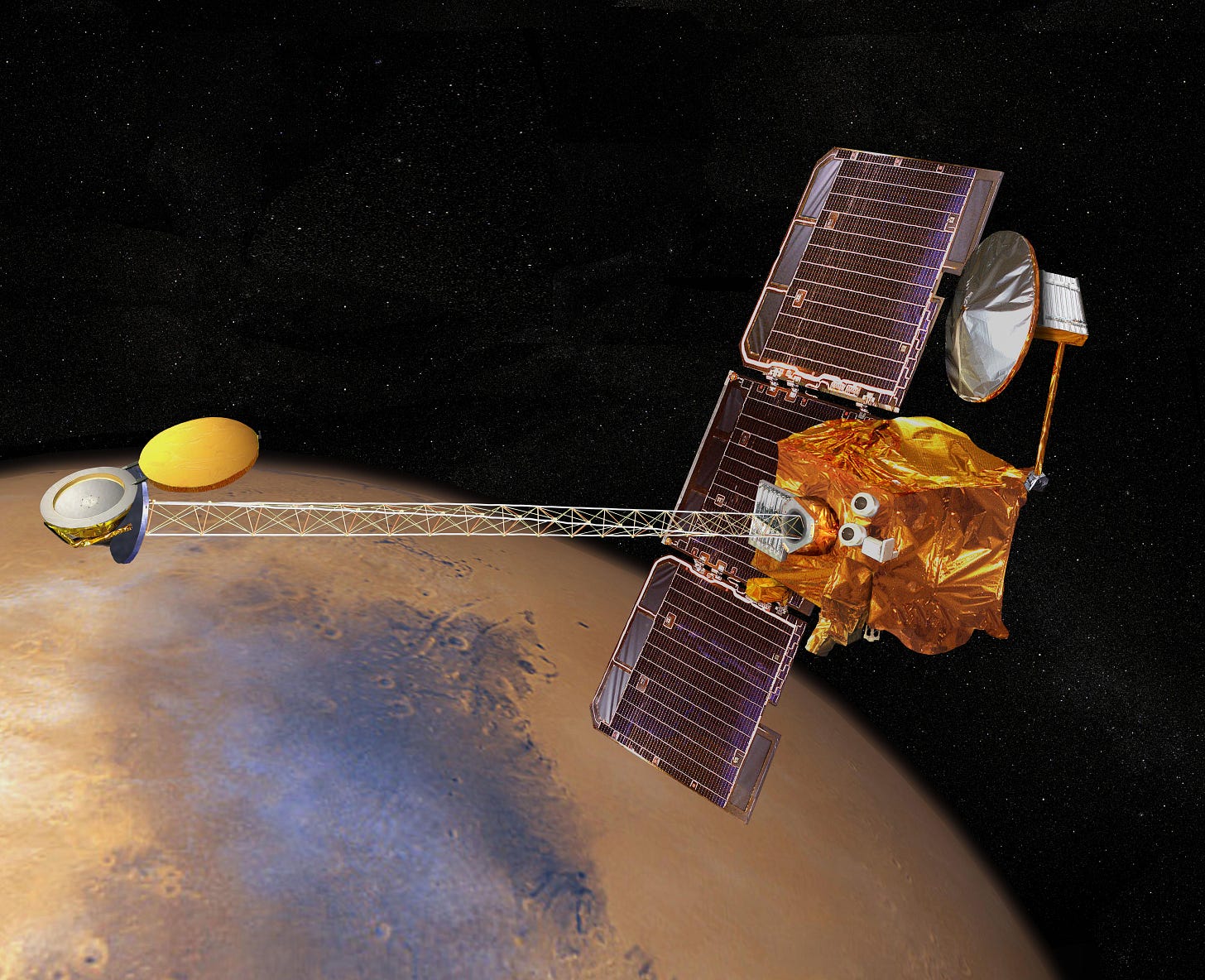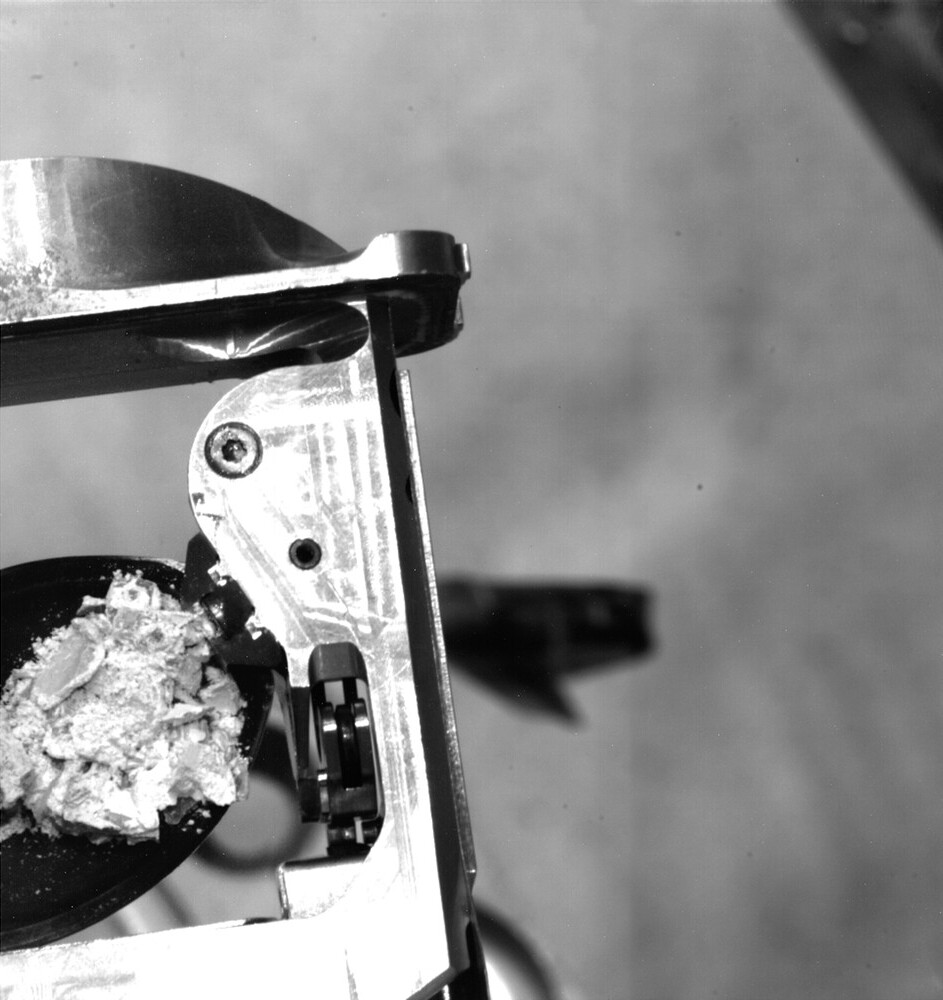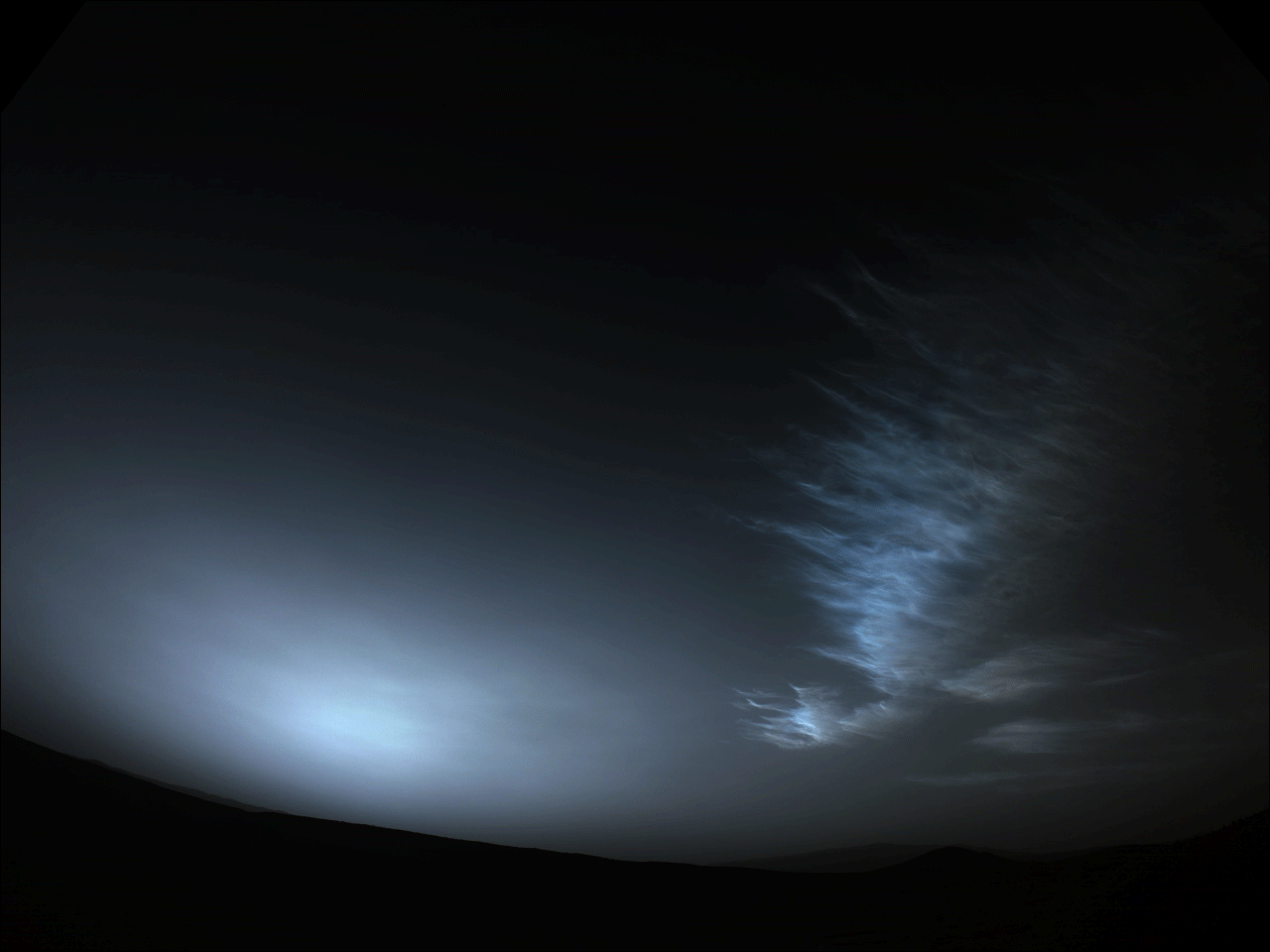Issue23: Year-long Mars Analog mission, Dust storms generates static electricity, Earth Return Orbiter to use electric propulsion & much more!
Hello readers, Martian Sunday will soon complete two years! To celebrate, a survey is being conducted. So, its a humble request to fill the form wisely & help improve the quality of this Mars write-up.
Happy Reading!
Missions
NASA is conducting a year-long Mars Analog mission: In a 3D printed Mars habitat, Crew Health and Performance Exploration Analog, or CHAPEA, NASA is going to conduct three separate year-long missions! The agency has selected four non-astronauts as their crew. The mission will begin this summer & the crew will conduct simulated spacewalks, field geology, collect samples, control drones & a rover, etc… in the simulated Mars-like conditions.
How the largest Martian spacecraft ever propel to Mars? : Earth Return Orbiter, part of Mars Sample Return mission, will use electric propulsion to reach orbit around Mars while use solar electric propulsion to come back to Earth, ESA revealed.
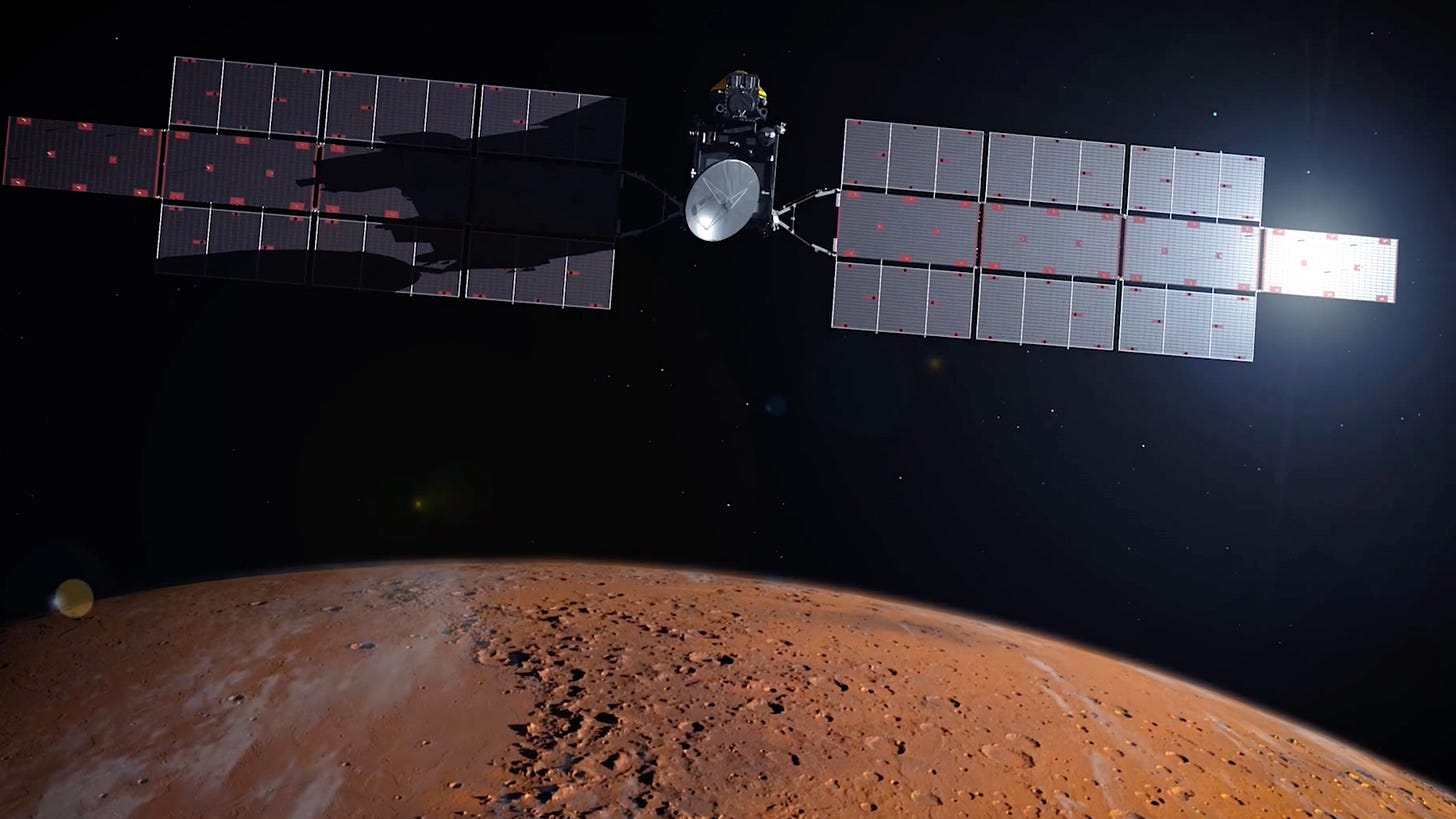
NASA established Moon to Mars Program office: A group of experts will now work on to shape and fully utilize the Artemis missions to fulfill the agency's future ambitions for Planet Mars! The team will emphasize on mission integration, spacesuit design, human spaceflight operations, and design and development of SLS rocket, spacecrafts, landing systems, etc…
Odyssey's fuel estimates puzzled scientists!: Back in January, 2022, Odyssey's estimated fuel was just 2.8 kgs while it must have been left with 4 kg. So, either there is a leak in propellant tank or the calculations are wrong.
Usually, scientists apply heat to two propellant tanks of spacecraft and measure the heating rate. And the empty one heats up faster than the full one. Later, scientists realised that extra heat was being added to propellant from possibly heaters & they've to consider this heat loss in the calculations!
Mars 2020 rover team got a helping hand: By flying ahead of rover, Ingenuity rotorcraft is now helping Perseverance's team to prioritise sites for rover which are scientifically more important than other.
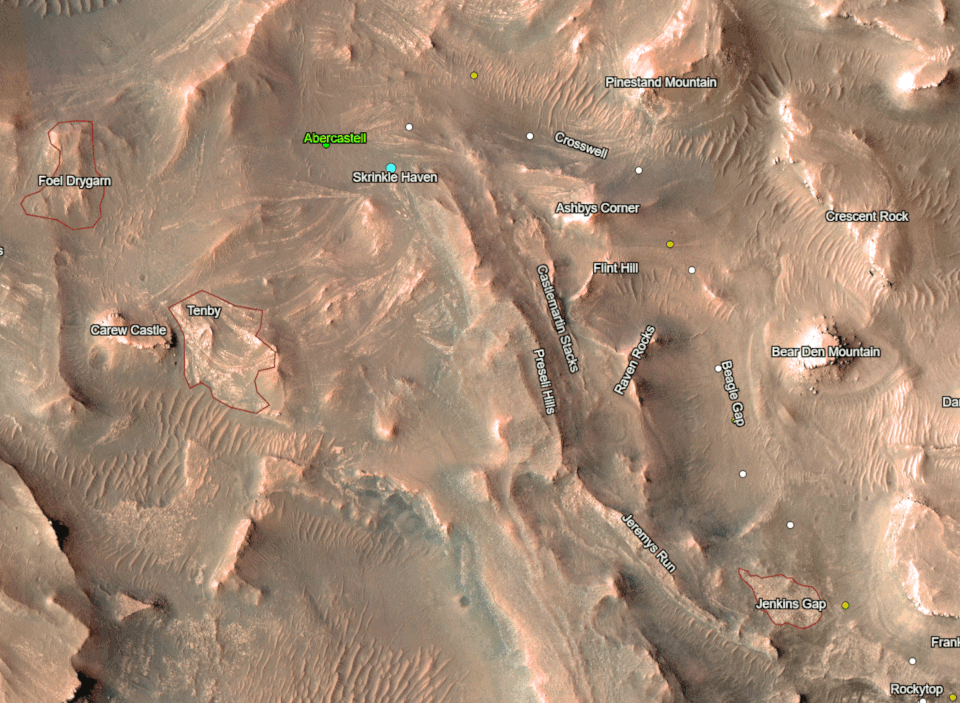
Amalia is sampling simulated Mars Terrain: Amalia, Ground Test Model of ExoMars rover, undergoes third deep drilling test at ALTEC premises. During the test, Amalia acquired a 1-cm sized, pellet-shaped sample by drilling layer of soft silica, sand and volcanic soil, demonstrating its deep drilling ability!
Research & Observations
Dust storms generate static electricity on the planet: Martian storms create a friction among the dust particles, which electrify them as positive and negative charges. Due to thin atmosphere of Mars, the accumulated electric field easily breakdown in the form of electrical discharge & decompose the surface chloride salts in the carbon dioxide environment. As a result, chlorine gas is released at very high rate and perchlorates, carbonates are generated.
Kevin Olsen, a co-author of the new study says,
“These findings offer support that Martian dust activities can drive a global chlorine cycle. With the ExoMars Trace Gas Orbiter, we see repeated seasonal activity that coincides with global and regional dust storms.”
Dust storm obscured the whole Grand Canyon: During the mid-summer in Southern hemisphere, Hope Orbiter observed a major dust storm that filled the skys of Valles Marineries canyon system with thick dust haze.
Imagery
Perseverance rover snap series of images of clouds drifting in the early morning sky when it's the time of maximum cloud development in the equatorial and mid-latitudes of Mars!
Recommendation
The Breaking Point: A short documentary by SciTechDaily which sheds light on NASA's two lost Mars spacecraft, Mars Climate Orbiter & Mars Polar Lander. Launched in 1998 & 1999 (respectively), the mystery behind the failure is still unclear !
Want Space to be easily accessible to everyone? So, Assist me to continue publishing all of my writes free for everyone…!

